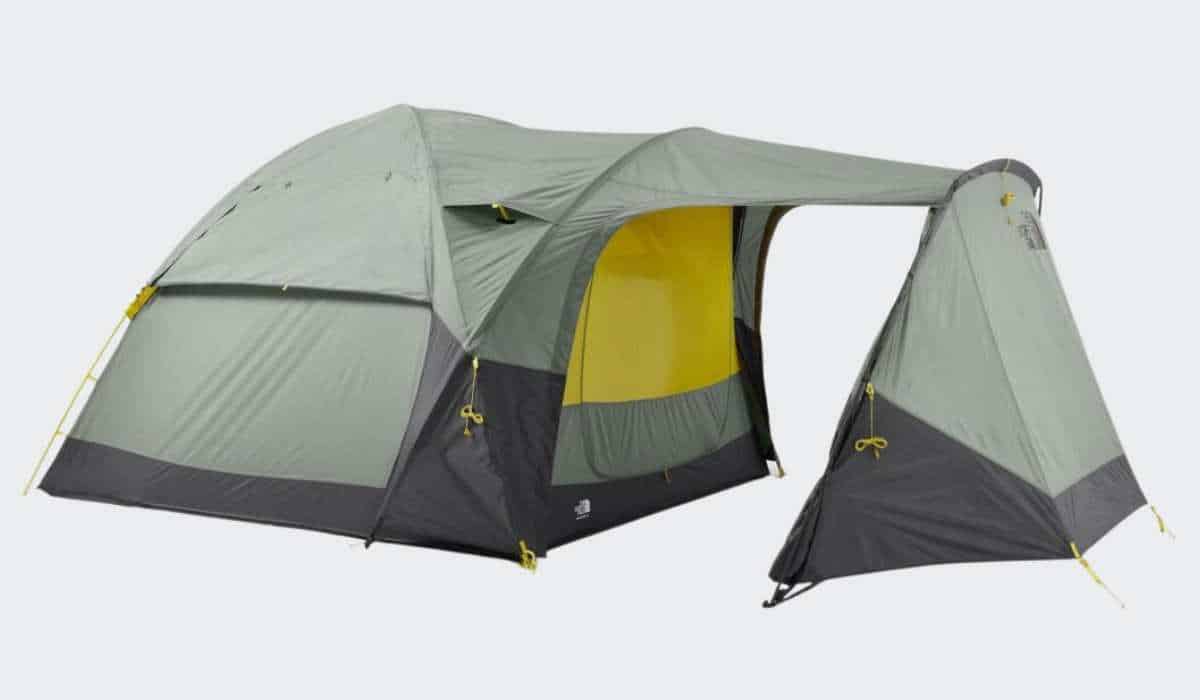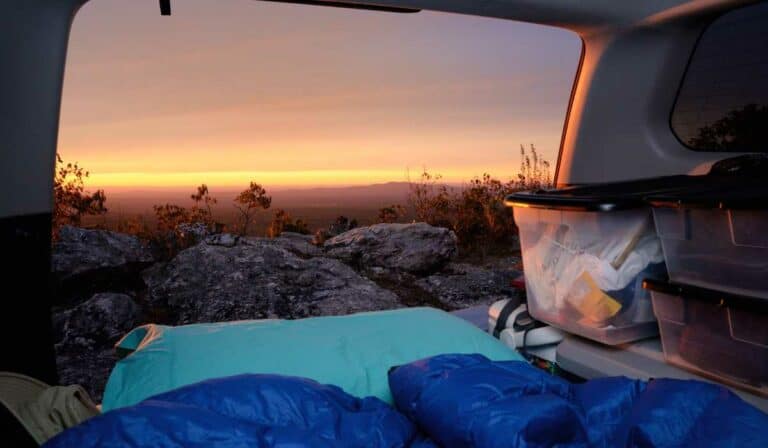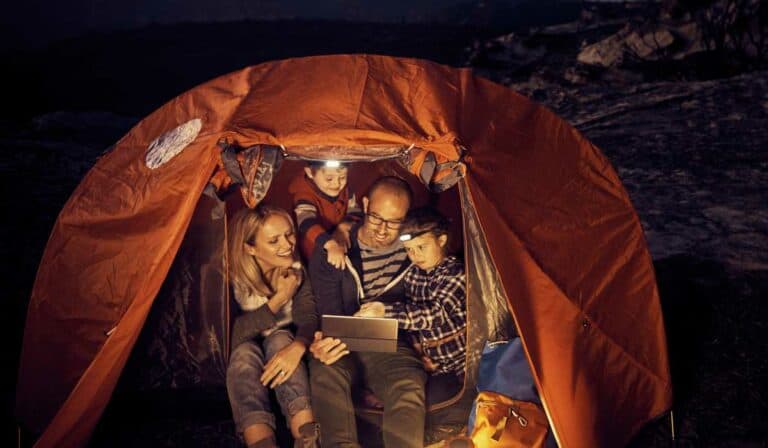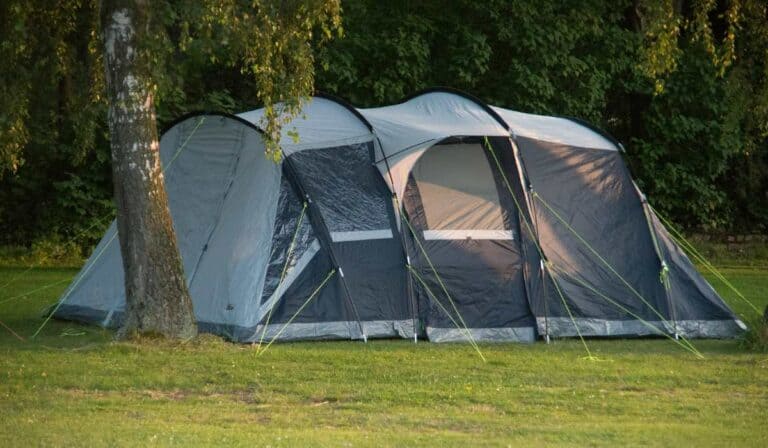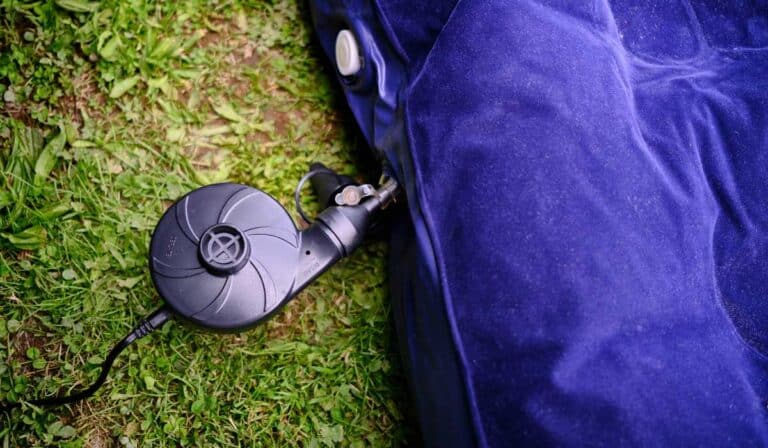Top Advantages of Tents with Vestibules
When it comes to tents with vestibules, they offer a myriad of advantages for campers seeking both convenience and comfort. In this comprehensive guide, we will delve into the numerous benefits that these innovative tent designs provide, including their practicality in terms of storage and shelter.
As you explore our carefully curated list of popular tent models featuring integrated or add-on vestibules, you’ll be able to make an informed decision on which option best suits your needs. Furthermore, we will discuss essential factors such as size compatibility considerations and secure attachment methods when choosing the right vestibule for your camping setup.
Beyond merely selecting tents with vestibules, we also aim to equip you with valuable knowledge on cooking safely within the vestibule space while maintaining proper ventilation. Lastly, our expert tips on maintaining your tent’s vestibule area will ensure its longevity and effectiveness throughout many memorable camping trips.
Table of Contents
1. The Benefits of Tents with Vestibules

A tent vestibule is an essential piece of camping gear that can significantly enhance your outdoor experience. It provides additional space for various purposes such as storing gear, cooking meals, or relaxing in the shade while offering protection from harsh weather conditions outside.
Extra Storage Space for Equipment and Belongings
Tent vestibules offer a convenient solution to keep your belongings organized and protected during your camping trip. With a designated area separate from the main sleeping area, you can store items like wet clothes, muddy shoes, and bulky equipment without cluttering up the interior of your tent. This not only keeps your sleeping bags clean but also maximizes comfort within the main tent.
Designated Area for Taking Off Wet Shoes and Clothes
Rainy days are inevitable when you’re camping outdoors. A vestibule allows you to take off wet clothing before entering the main part of the tent so that it remains dry and comfortable inside. This covered area prevents water from seeping into your sleeping quarters while providing good ventilation to help air out damp garments.
Makeshift Kitchen or Dining Areas
- Cooking: Tent vestibules provide a sheltered spot where you can set up a camping stove, and prepare meals safely away from wind gusts or rain showers without filling up valuable floor space in the main living quarters.
- Dining: Enjoy eating meals under cover even if it’s raining outside by setting up chairs and tables in the vestibule area. Enjoy the great outdoors without getting wet by dining and cooking in your tent vestibule.
Investing in a tent with vestibules is a wise choice for any avid camper. It not only provides an extra gear storage area but also a covered space for cooking, dining, and relaxing. Some tent models come with side vestibules, front vestibules, or even add-on vestibules that can be purchased separately to increase the tent size and vestibule space.
When choosing a tent, look for features like taped seams, gear loft, and waterproof materials for optimal weather protection. The Coleman Chimney Rock 3 is a great example of a tent with a front vestibule that offers good ventilation and ample gear storage. With a bigger tent and a vestibule, you can enjoy a more comfortable camping experience while keeping your gear clean and dry.
Click here to read about The Best Glamping Airbnb Experiences Worldwide
2. Types of Tent Vestibules
Having a tent with an integrated, add-on or freestanding vestibule can greatly improve your camping experience. There are three primary types of tent vestibules available to cater to different needs and preferences: integrated ones built into tents themselves; add-on extensions that attach via zippers or other mechanisms; and freestanding models which function independently without direct attachment points on tents themselves.
Integrated Vestibules
Integrated vestibules come as part of the main tent design and offer seamless weather protection for your gear storage area. These are typically found in larger tent models, providing ample space for storing gear, cooking meals, or relaxing in the shade while offering protection from harsh weather conditions outside.
Add-On Extensions
Add-on extensions are separate pieces that can be attached to compatible tents using zippers or other connecting mechanisms. This type allows campers to customize their shelter by adding extra covered areas when needed – perfect if you’re camping with a group and need additional space. Some popular examples include the Coleman Chimney Rock 3 Plus Tent Extension.
Freestanding Models
- Versatility: Freestanding vestibules provide maximum flexibility since they don’t require direct attachment points on the main tent. They can be set up anywhere near your sleeping area, making them ideal for multi-day trips where changing locations is common.
- Ease of use: With no need for complicated attachments, these models tend to be easier and quicker to set up than their counterparts.
- Compatibility: Since they don’t rely on specific tent models, freestanding vestibules are compatible with a wide range of tents, making them an excellent choice for campers who already own a shelter without an integrated or add-on option.
In addition to these types, some tents feature side vestibules or large front vestibules that offer even more space and versatility. No matter your camping style or needs, there’s likely a tent with the perfect vestibule out there for you.
3. Selecting the Right Tent with a Vestibule

When selecting a tent with a vestibule, there are certain criteria to be considered for the best camping experience. By evaluating these aspects beforehand, you can ensure that your camping experience is comfortable and enjoyable.
Compatibility with Existing Shelters
Firstly, make sure that the tent’s size and design are compatible with your main shelter. This will help prevent any issues when attaching add-on vestibules or setting up freestanding models. If possible, opt for tents designed by the same manufacturer as they usually have better compatibility.
Durability Against Weather Elements
Your chosen tent should be made from waterproof materials, such as polyester or coated nylon fabric. Additionally, look for features like taped seams and reinforced corners to provide extra protection against harsh weather conditions.
Weight Constraints
- If you’re an avid camper who enjoys backpacking trips, select a lightweight model that won’t weigh down your pack too much.
- If weight isn’t an issue because you’re camping near your vehicle or using a large group campsite setup, then feel free to choose bigger tents featuring larger vestibules for added comfort and convenience.
Budgetary Limitations
To find the best deals on tents with vestibules, consider shopping during sales events or browsing online retailers like REI and Backcountry. Don’t forget to read customer reviews to gain insight into the tent’s performance in real-life situations.
Click here to read about Top Tents You Can Stand Up In
4. Popular Tents Featuring Spacious Vestibules
For those looking for a tent with an expansive vestibule, there are many suitable options available. Some popular examples of high-quality tents featuring spacious vestibules include the Quechua 2 Seconds XL 3-person Camping Tent, Big Agnes Blacktail Hotel series, Coleman Chimney Rock 3 Plus Tent, and Naturehike Hiby Family Tents. These models cater to varying preferences and requirements for different users.
Quechua 2 Seconds XL 3-person Camping Tent
The Quechua 2 Seconds XL is designed for easy setup and provides ample space in its front vestibule area. The polyester material offers good weather protection with taped seams ensuring water resistance during rainy camping trips.
Big Agnes Blacktail Hotel series
Big Agnes Blacktail Hotel series tents come equipped with large side vestibules that provide extra gear storage while keeping the main sleeping area clean and clutter-free. With various sizes available, these tents offer versatility for any camping experience.
Coleman Chimney Rock 3 Plus Tent
The Coleman Chimney Rock 3 Plus Tent features a spacious front vestibule that can be used as additional living or storage space. Its waterproof materials keep you dry even in heavy rain, and the gear loft provides extra storage for smaller items.
Naturehike Hiby Family Tents
Designed for family camping trips, Naturehike Hiby Family Tents offer large front vestibules that can be used as a covered area to store gear or even set up a camping stove. The tents are made from waterproof materials with good ventilation to ensure comfort during your outdoor adventures.
When choosing a tent with a vestibule, consider factors such as size, weight constraints, durability against weather elements, and budgetary limitations. By selecting the right model for your needs, you’ll enhance your overall camping experience while enjoying added convenience and protection provided by these versatile shelters.
5. Setting Up and Maintaining Your Tent Vestibule

Proper setup, care, and maintenance are essential for prolonging the lifespan of your investment. This includes attaching the vestibule securely to your tent’s entrance, using a groundsheet underneath to protect its base, cleaning after each use (to remove dirt and debris), drying thoroughly before storage (to prevent mold and mildew growth), and storing away from direct sunlight exposure.
Attaching the Vestibule Securely
To ensure a stable connection between your tent vestibules and the main tent, follow the manufacturer’s instructions carefully. Most models will have zippers or other attachment mechanisms that need a proper alignment for secure fastening. Double-check all points of contact to avoid any gaps or loose connections.
Using a Groundsheet Underneath
A tent footprint, also known as a groundsheet, helps protect both your vestibule area and the main tent floor from abrasion caused by rocks or sticks on the ground. It can also prevent water seepage during wet weather conditions. Make sure it matches your tent’s size so it doesn’t extend beyond its edges – this could lead to water pooling beneath you.
Cleaning After Each Use
- Gently sweep away any dirt or bits with a soft-bristled brush.
- If necessary, use mild soap mixed with warm water for stubborn stains – never use harsh chemicals that may damage waterproof materials.
- Rinse well with clean water until no suds remain.
Drying Thoroughly Before Storage
Before packing away your tent and vestibule, make sure they are completely dry to prevent mold or mildew growth. If you can’t air-dry them outside due to weather conditions, consider using a gear loft indoors with good ventilation.
Note: Always store your camping gear in a cool, dry place away from direct sunlight exposure which could weaken the polyester material over time.
Click here to read about Tent Camping with Electricity: Enhancing Your Adventure
6. Common Mistakes to Avoid with Tent Vestibules
To make the most out of your camping experience, it’s essential to avoid common mistakes when using a tent vestibule. By steering clear of these pitfalls, you can ensure that your vestibule remains in excellent condition and serves its purpose effectively.
Overloading with Gear
While it’s tempting to use the extra space provided by a tent vestibule for storing all your gear, overloading this area can lead to damage or even collapse. To prevent such issues, distribute your belongings evenly throughout the main tent and vestibule area. Consider utilizing lightweight storage solutions like gear lofts, which help keep items off the ground while maximizing available space.
Incorrect Setup Leading to Damage or Collapse
- Taped seams: Ensure that taped seams are properly sealed during setup; otherwise, water may seep through them during rainstorms.
- Pegging down: Securely peg down both the main tent and add-on vestibules so they remain stable in windy conditions.
- Zippers: Check zippers on the side and front vestibules regularly for wear and tear – replacing damaged ones promptly prevents further complications later on.
Ensuring Proper Ventilation
Maintaining good ventilation is crucial not only for comfort but also for preventing condensation buildup inside your tent – especially if you’re cooking within this space. Here are some tips:
- Opt for tent models with mesh windows or vents, which allow air to circulate while keeping bugs out.
- Keep the door of your vestibule partially open when cooking on a camping stove, allowing steam and smoke to escape. Always follow safety guidelines when using stoves in confined spaces.
- Avoid storing wet clothes inside the sleeping area; instead, hang them up in the covered vestibule space where they can dry without increasing humidity levels within your main tent.
By avoiding these common mistakes and following proper care instructions, you’ll enjoy an enhanced camping experience with a well-maintained tent vestibule that serves its purpose effectively.
Click here to read about The Best 2 Room Tents for Your Camping Adventures
FAQs Tents With Vestibules
Do You Need a Vestibule Tent?
Whether or not you need a vestibule tent depends on your camping preferences and requirements. A vestibule provides extra storage space, shelter from the elements, and protection against insects. If these features are important to you, then investing in a tent with an integrated or add-on vestibule is recommended.
What Are Dome-Shaped Tents Also Called?
Dome-shaped tents are sometimes referred to as geodesic tents due to their geometric design that distributes stress across the structure for increased stability in harsh weather conditions. They typically have flexible poles that cross over each other at multiple points.
What Is the Entrance of a Tent Called?
The entrance of a tent is commonly known as the door or doorway. It can be designed with zippers, flaps, mesh screens, or even roll-up doors depending on the specific model and intended use of the tent.
What Is the Most Common Design of Today’s Tents?
The most common design for modern tents is arguably the dome style mentioned earlier; however, tunnel and cabin-style designs remain popular choices too. Each style offers different benefits such as stability (dome), spaciousness (tunnel), and vertical walls for more headroom (cabin).
Conclusion
Overall, tents with vestibules offer a range of benefits including extra storage space, sheltered seating areas, and protection against insects. Popular options include Quechua’s 2 Seconds XL Camping Tent, Big Agnes’ Blacktail Hotel, and Coleman’s Chimney Rock 3 Plus Tent. When choosing the right vestibule for your needs, it is important to consider size compatibility, secure attachment methods, and ventilation features. Additionally, safe cooking practices should be followed when using your vestibule as a cooking area.
Maintaining your tent vestibule through cleaning tips and techniques can help extend its lifespan while gear organization strategies can help keep everything organized. Avoiding common mistakes such as overloading risks and improper installation procedures are also important consideration.

